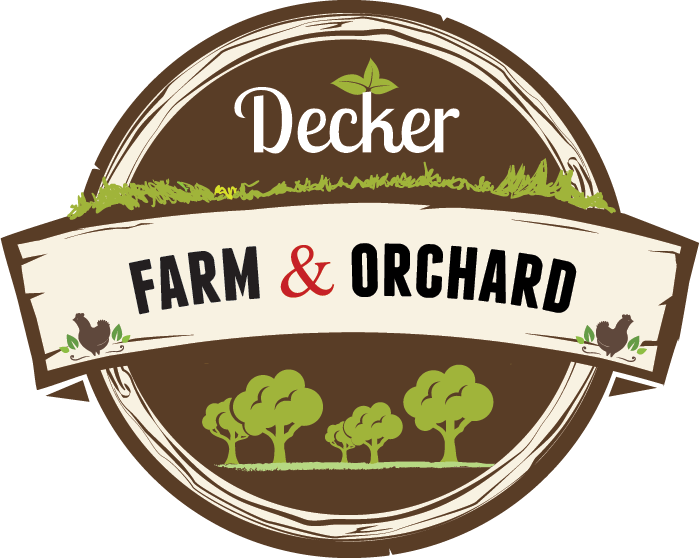CSA Season Tips
As we get ready to kick off share distributions next week, I thought I would share some suggestions for optimizing your enjoyment of the produce you will be receiving throughout the upcoming season:
- Storage - Proper storage will make a huge difference in how long your produce will last. Leafy greens need to stay refrigerated with high humidity but not wet. There are several relatively inexpensive storage containers with vented lids that are awesome and will keep greens crisp for a week plus. Another effective option for keeping greens fresh is to wrap them with a lightly dampened paper towel and place them in an unsealed plastic bag in the refrigerator. Not all produce needs to be refrigerated, several types such as tomatoes, potatoes, peppers, basil, and others actually last better at room temperature. The University of California, Davis is an awesome resource we use for optimizing our storage after harvest, the following link is a great summary of how to store a wide range of fruits and vegetables: UC_Davis Link
- Usage - Be open to trying new food and recipes. We don't grow too many "exotic" items, but veggies such as beets, radishes, kale, swiss chard, collard greens, and others may not have been on your regular grocery list. We have a continually expanding inventory of awesome recipes on our website to help you incorporate each week's share contents into your weekly meal planning. Speaking of meal planning, preparing and eating in at least a couple times per week will help to make the best use of your share! Many of our recipes have been provided by our shareholders - please feel free to share your favorites and we'll add them to the web page. Recipe Page
- Extras - If you don't think you will able to consume all of your share before it goes bad, freezing is a great option. We usually try and prep stuff so it will be in the easiest usable format out of the freezer, for example chopping peppers and freezing in 1 cup increments or shredding zucchini and storing it in 3 cup quantities perfect for using in zucchini bread in December. Herbs can also be chopped and frozen, but I prefer to just let them hang in a warm, dry location for a few weeks and then then run them through the blender or food processor or just crumble by hand and store in a jar. Canning items such as tomatoes or pickling cucumbers and beets is also an easy extended storage option. While many people usually can large quantities at a time, you can process as little as one jar at a time if you like. Following is a link to the Ball Canning website with all kinds of useful preserving information. http://www.freshpreserving.com/
